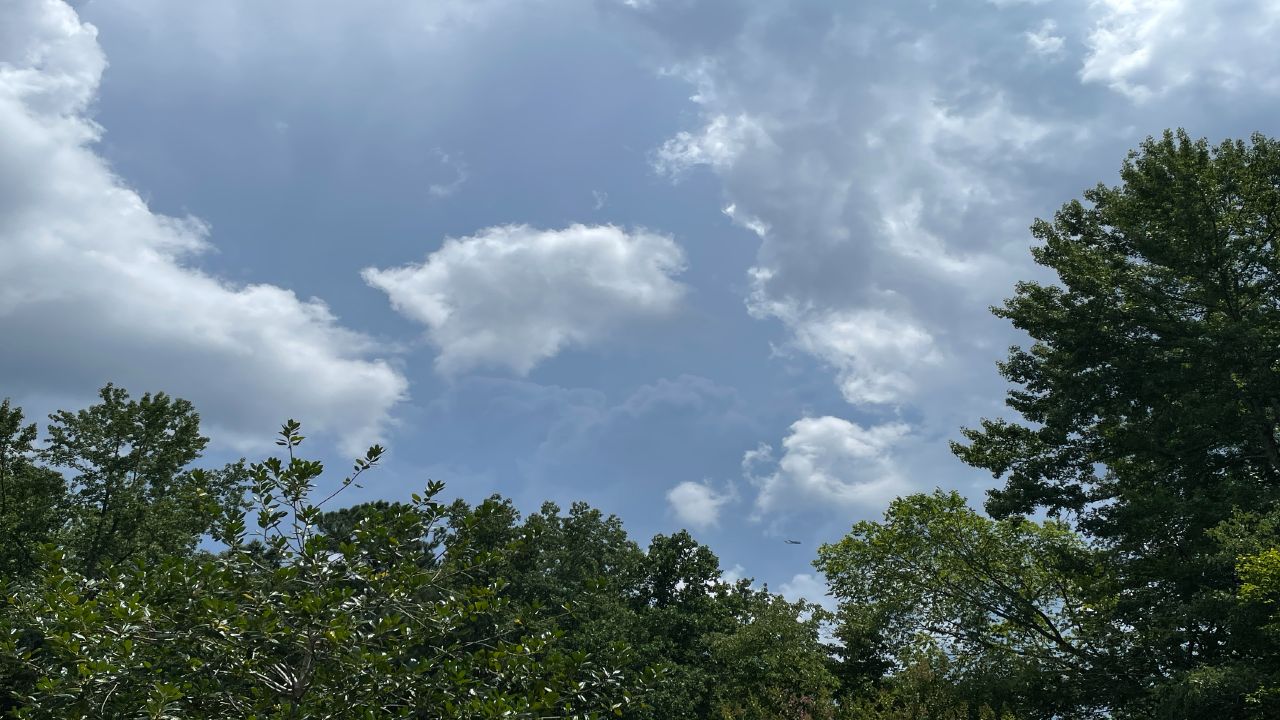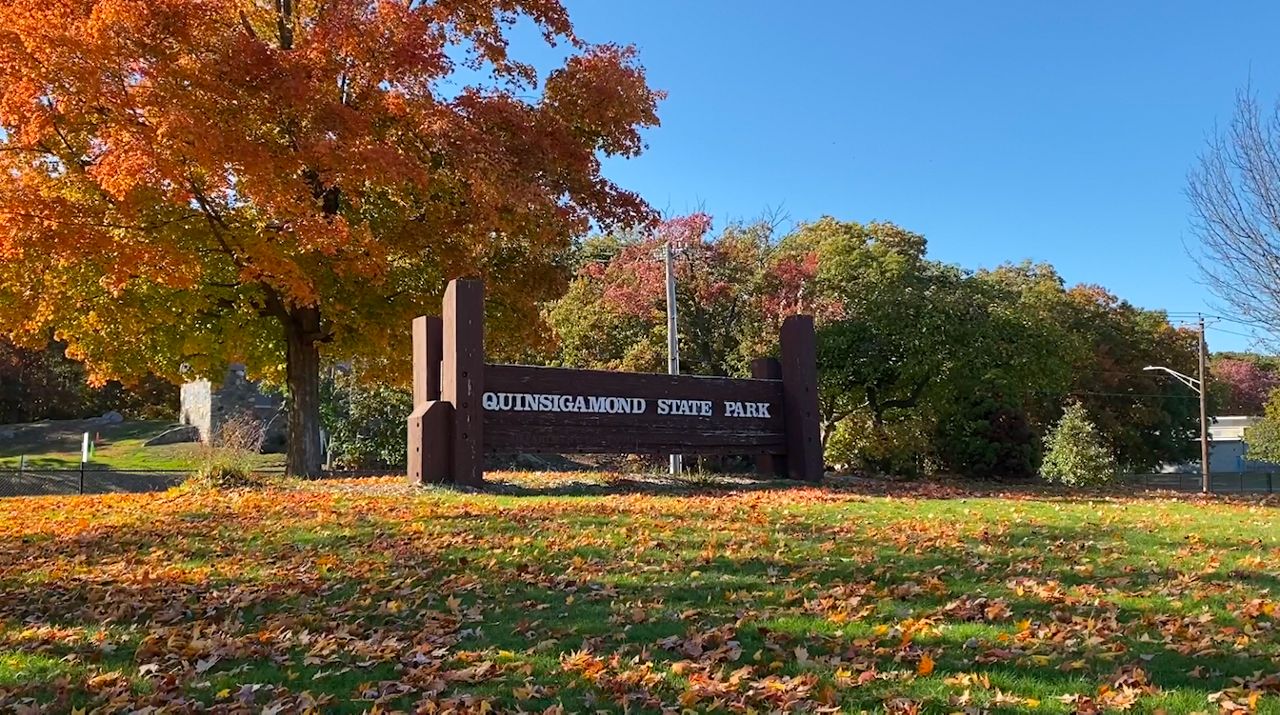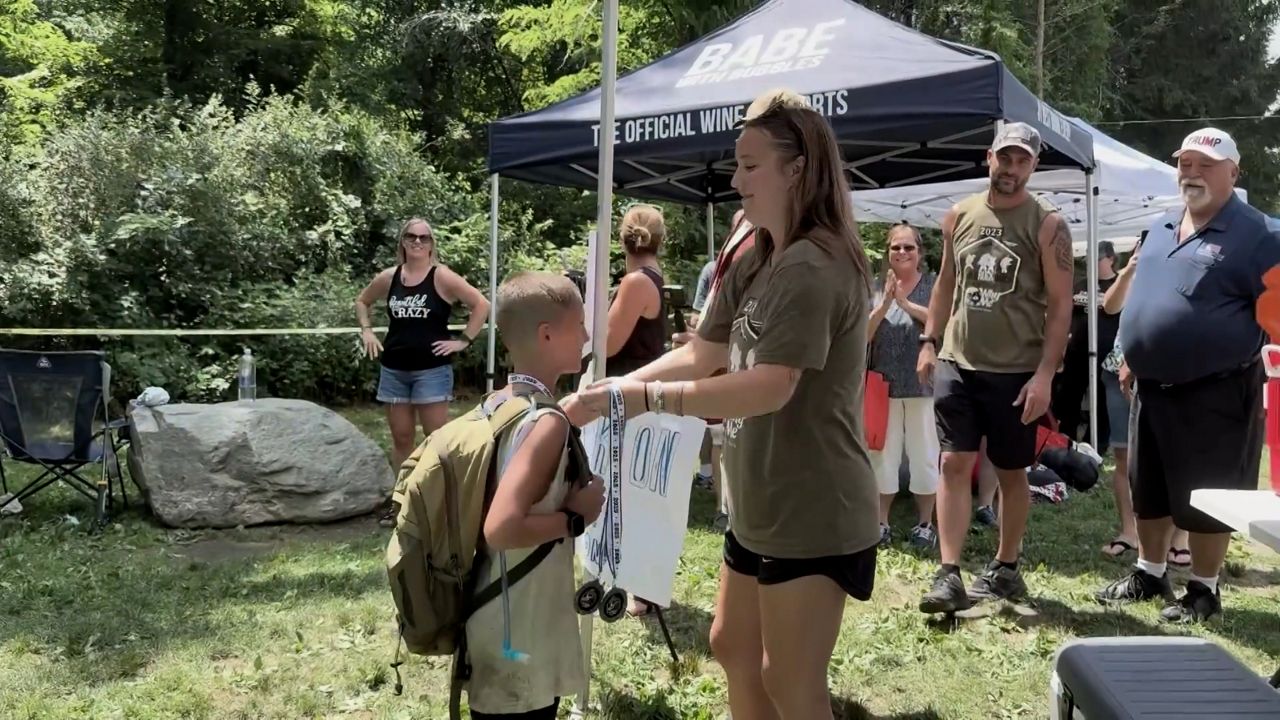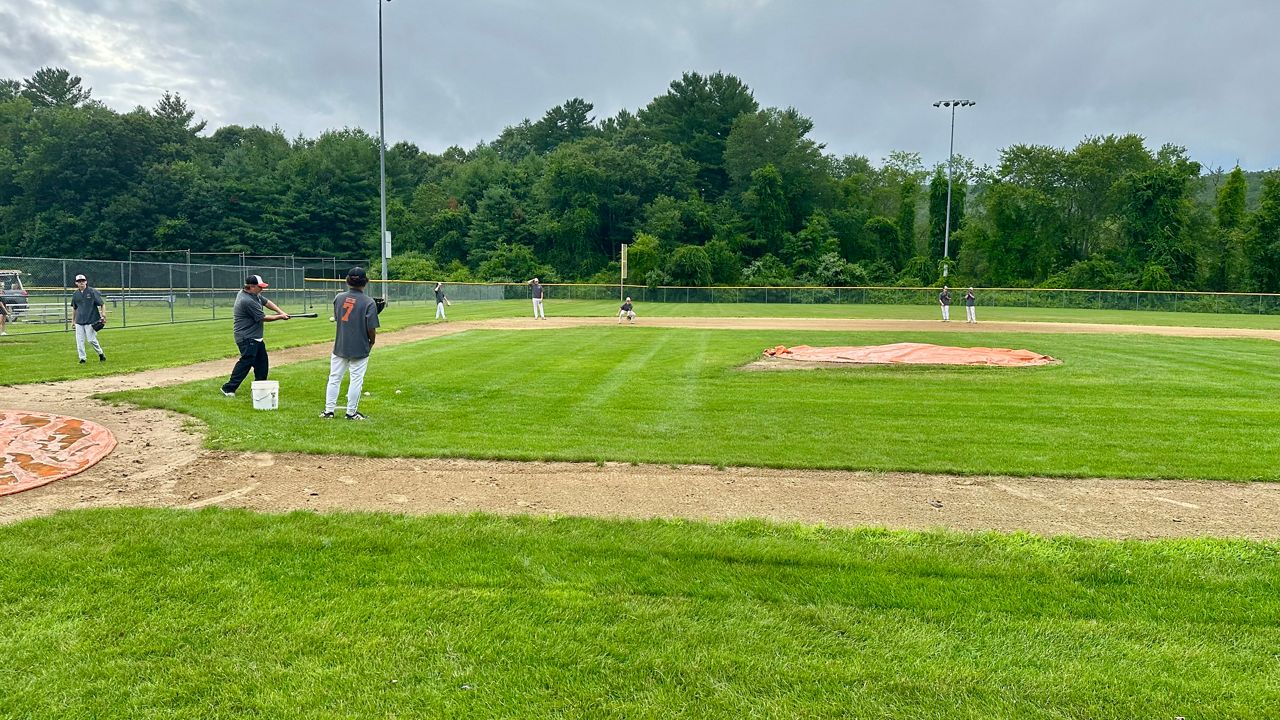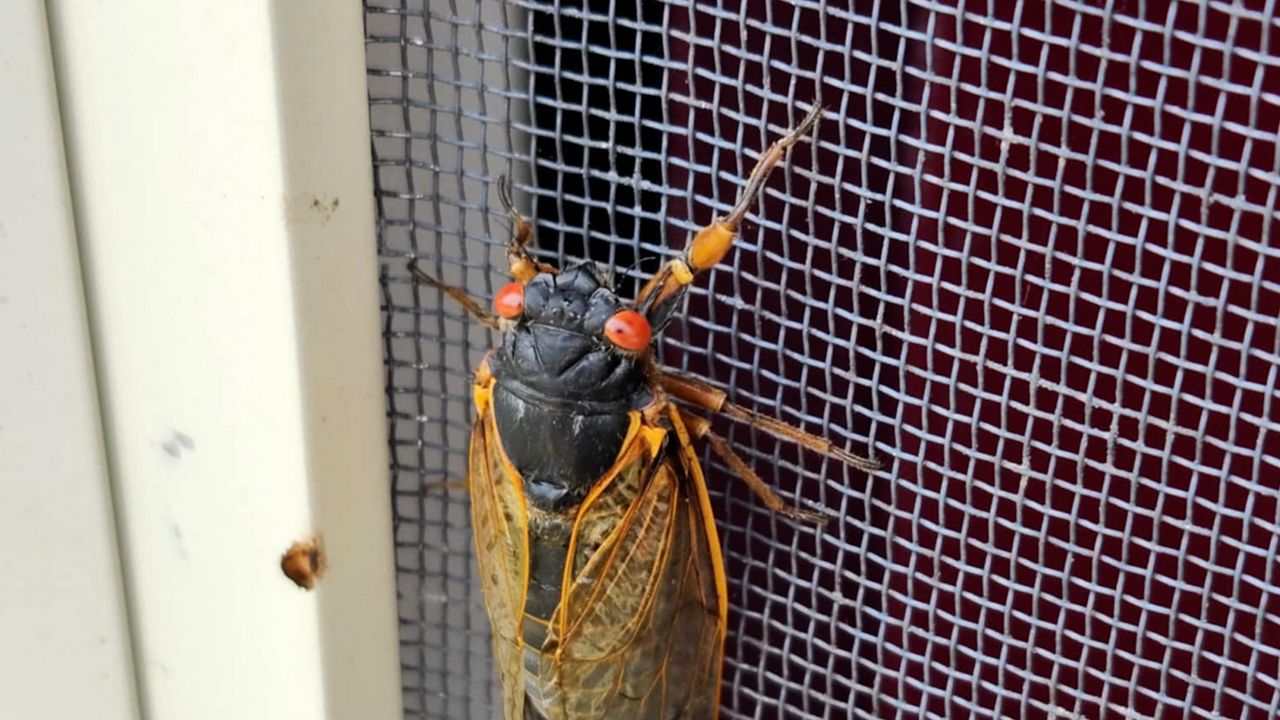SOUTHBRIDGE, Mass. - It’s nesting season and staff at the Turtle Rescue League in Southbridge are fielding non-stop phone calls from worried bystanders.
“[People are calling and saying] there’s a turtle in my backyard. Hey, there’s a turtle crossing the road. There’s a turtle on the highway. There’s a turtle that looks like it has its backend stuck in the ground,” facilities director Natasha Nowick said.
From late May to early July, female turtles are on the move in search of a sunny and dry location, so you may spot them in places you’ve never seen them before.
“They need to get from point A to point B and there may be several roads in between,” Nowick said. “Turtles don’t understand traffic. They don’t understand walkways and pushing a button and looking both ways before going. This is having the biggest impact.”
Nowick said the biggest threat facing turtles is habitat fragmentation, which means the place they call home was subdivided to include roads, homes, businesses and people.
“Right now, we are primarily seeing car strikes from turtles who have been out in the road,” wildlife rehabilitator Michaela Conder said. “Someone either doesn’t see them or they wandered out as someone was driving by.”
Conder said at their clinic, they’re treating roughly 200 turtle patients on any given day to try and preserve the population. In Massachusetts, seven of the 10 native species of turtles are threatened with extinction.
“If we don’t act now to save every single turtle we can, that number is going to continue to grow and we are going to lose these ancient, magnificent creatures,” Conder said.
Turtles are one of the oldest species of animal on the planet. Some can live up to almost 200 years old, and they play a major role in balancing the ecosystem.
“If anyone has ever wondered what happens to a fish that dies and drops to the bottom, or a squirrel that falls into the pond and drowns,” Nowick said. “That is really because of our snapping turtle that sits there and lives up to 175 years [keeps] our waterways clear.”
While nesting season may be the busiest time of year, the Turtle Rescue League’s goal is to always nurse as many turtles as possible back to health, so they can live out their quiet lives at their own speed.
“It is the goal. It is the thing we work towards. It is the greatest celebration and the biggest success you can have,” Conder said.
If you do find an injured turtle, the Turtle Rescue League said to contain the turtle in a dark and dry box and alert your area wildlife rehabilitator.







